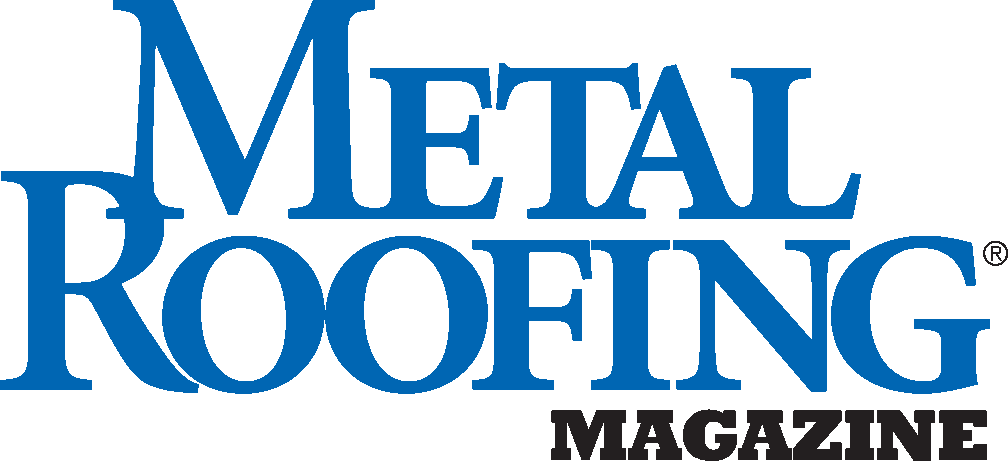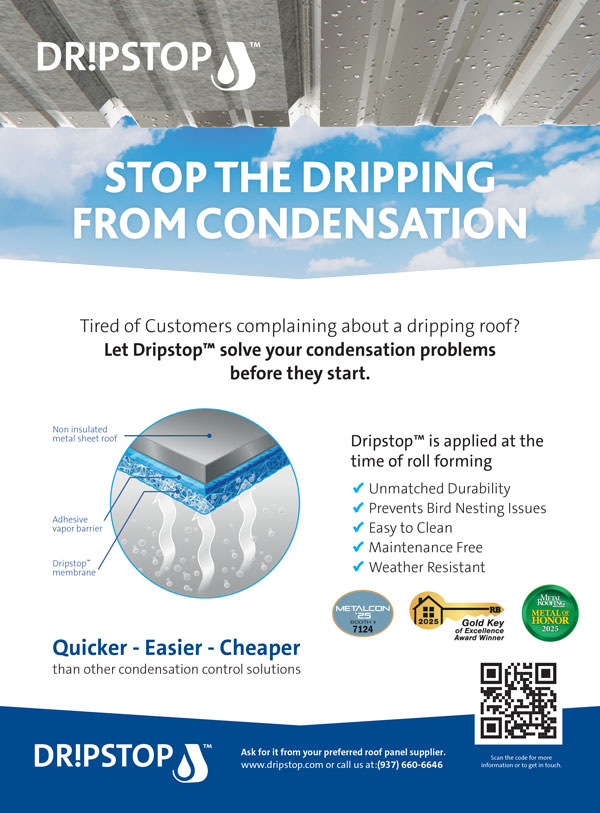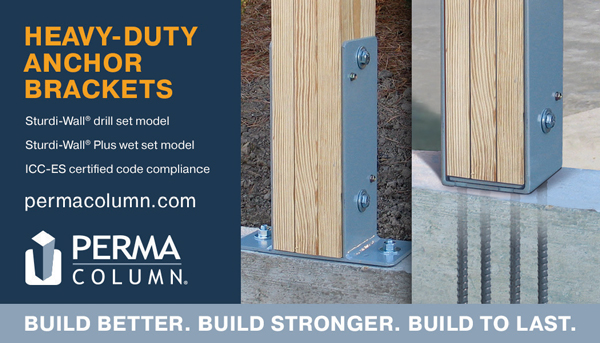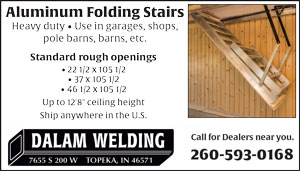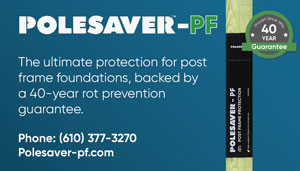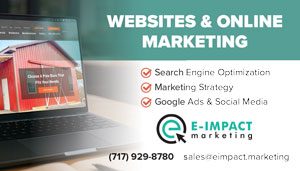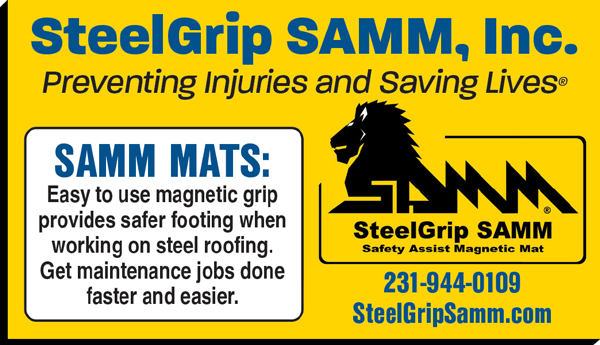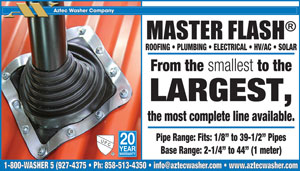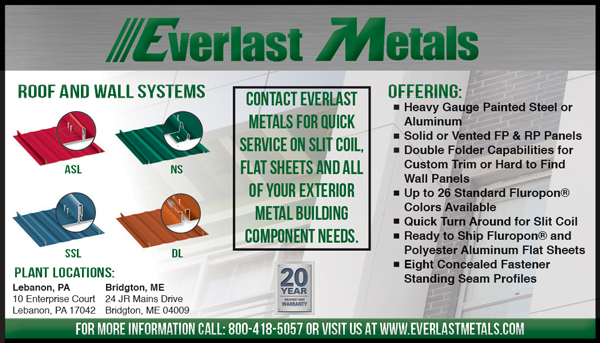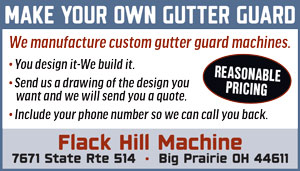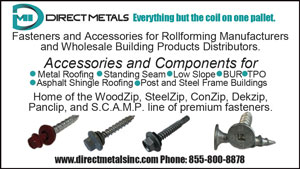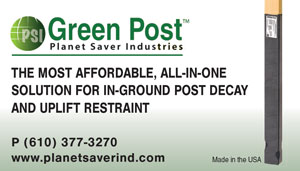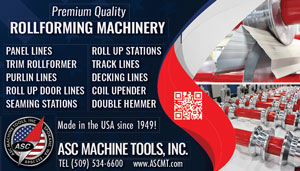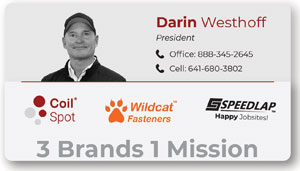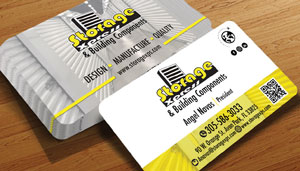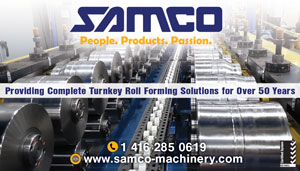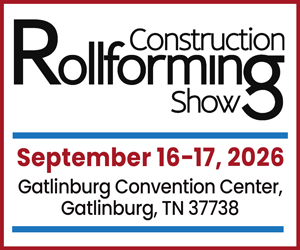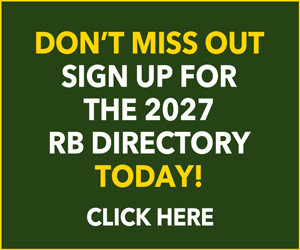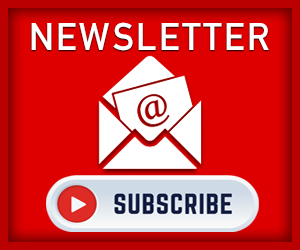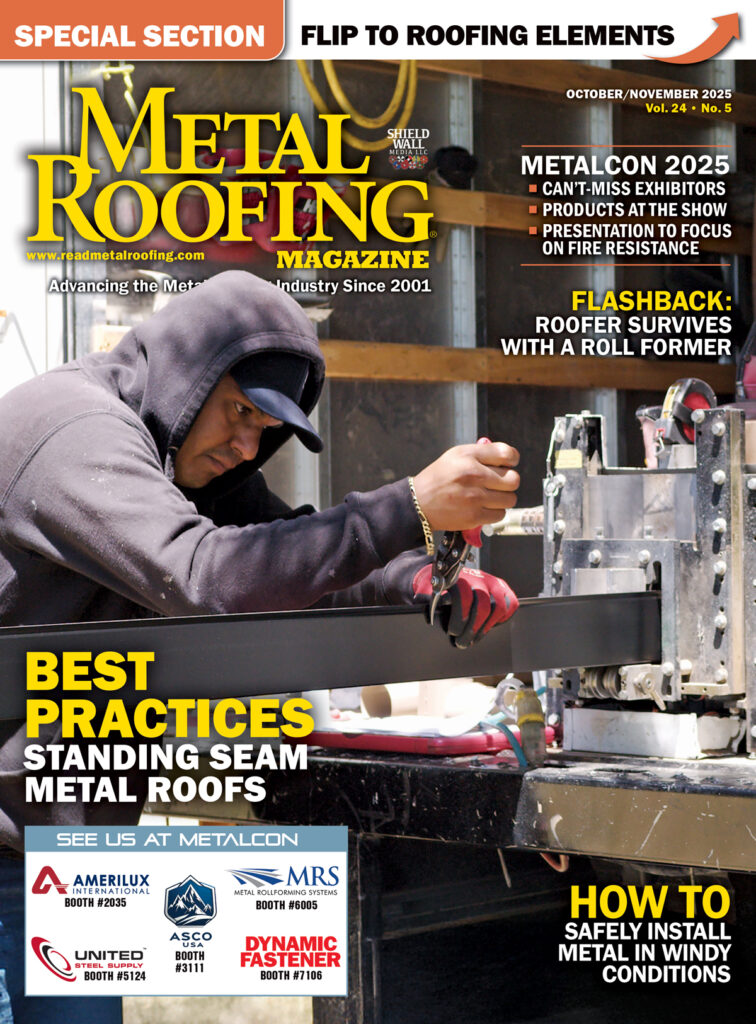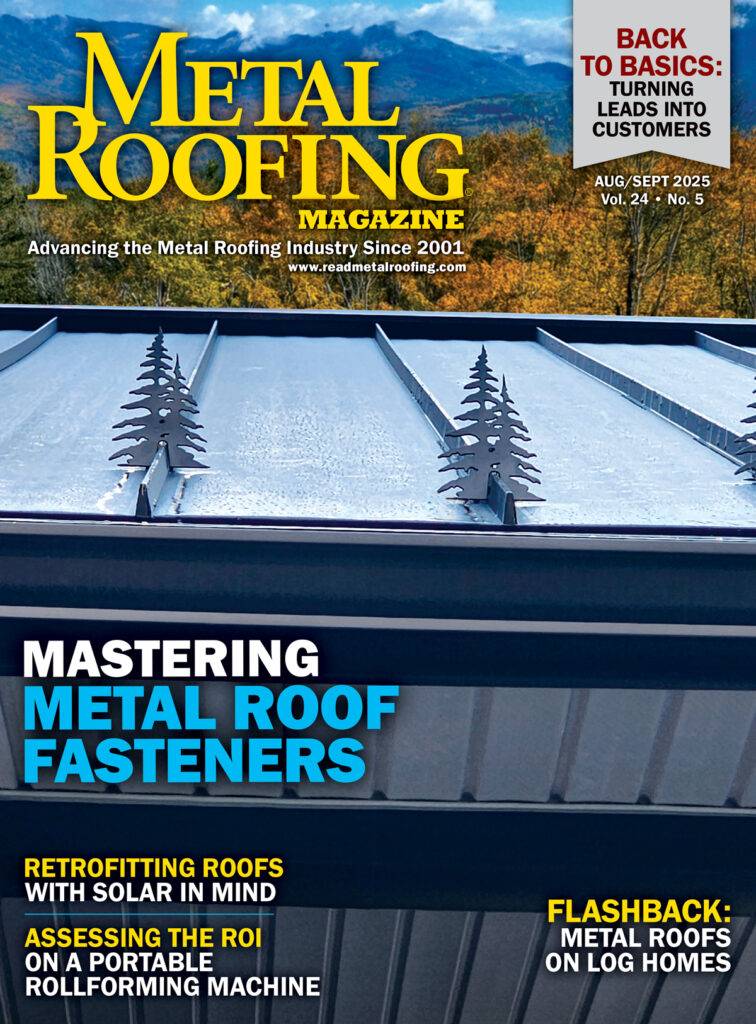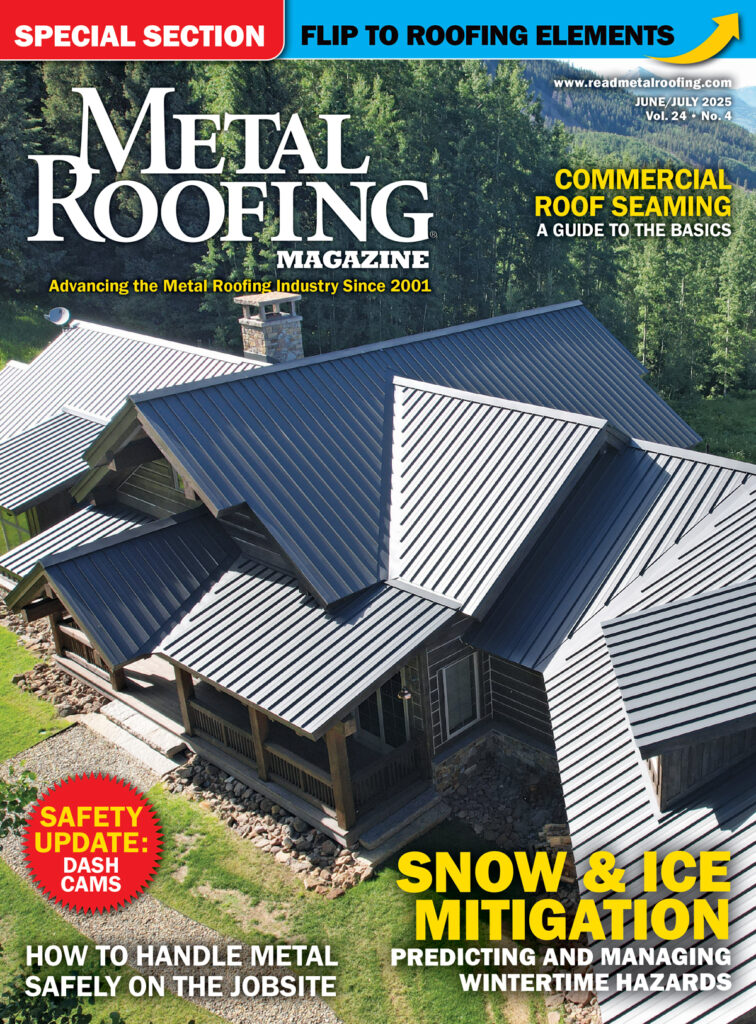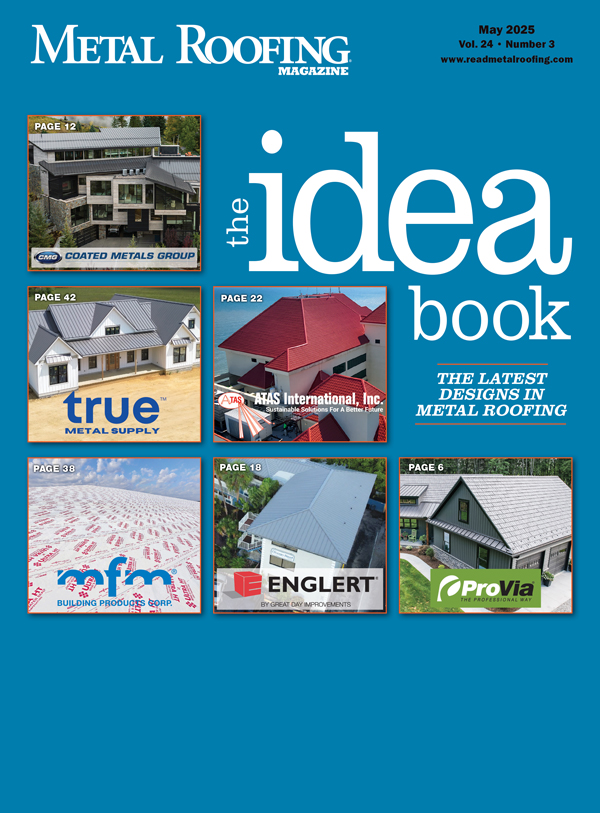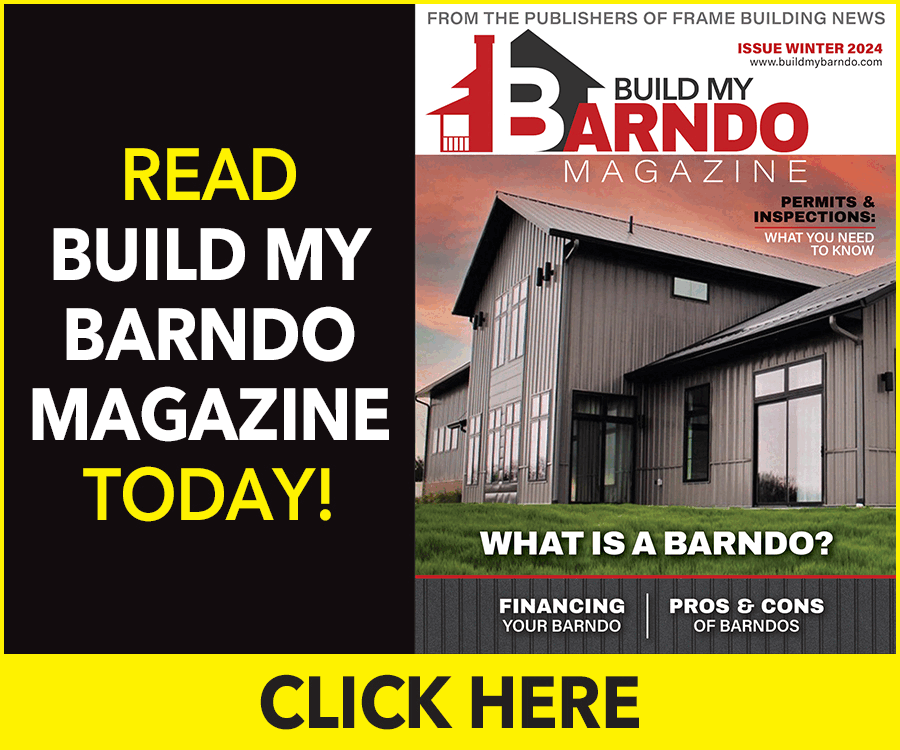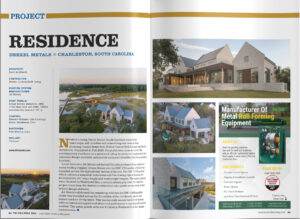If your organization does not employ a public relations firm or in-house PR specialist, you can still benefit by mastering the basics of media relations. Editors constantly search for compelling stories. Share how you developed a product that solves a common problem, how your company is innovating and transforming the industry, or highlight a special project or notable achievement by your team. When you present an engaging story, you can expect nearly immediate media coverage that justifies your efforts.
For example, Rural Builder and Frame Building News covered the story of Wick Buildings erecting its 75,000th building in 2019. Although the structure was simple, the milestone demonstrated significant progress. Without a press release, this news might not have reached tens of thousands of readers—and the resulting editorial coverage came at no cost.
The Press Release: Your Essential Tool
A press release is the cornerstone of public relations. This simple tool can secure free media coverage when used correctly. A press release is a short, compelling news story that you send directly to targeted media contacts. Although PR professionals often write these releases, you can craft one yourself with a bit of basic guidance.
If you have genuine news, you stand a strong chance of capturing the attention of journalists and editors. To succeed, you must break through the clutter and communicate clearly. Your press release should offer unique, relevant information in a well-written format. The less time an editor needs to spend editing your story, the better your chances of reaching the audience that can help grow your business.
Deliver a concise, newsworthy piece to media professionals, and you will gain free exposure for your business, event, or products.
Making a Great First Impression: Crafting a Compelling Subject Line and Headline
To ensure your press release is read, start with a strong email subject line and headline. Fiona Maguire-O’Shea, a PR consultant in the architecture, engineering, and construction industry, explains that the subject line often determines whether an editor opens your email. With hundreds of press releases landing in inboxes each day, your subject line must stand out. Don’t leave your headline as an afterthought—invest time brainstorming ideas with your colleagues. Your headline serves as your second chance to captivate the editor; make both elements compelling.
Writing the Body of Your Press Release
Your press release should present clear facts rather than a hype-filled sales pitch or self-congratulatory puff piece. Follow the principle of “just the facts” and begin by establishing a strong news hook. Immediately address the essential questions: who, what, when, and where. Maguire-O’Shea suggests using a delayed lead approach—first setting the background and tone, then providing specifics. Subsequent paragraphs should answer the why and how while adding compelling details about your story and key players.
Include a brief, relevant direct quote from your company’s CEO or another spokesperson. Craft the quote carefully so that it indirectly promotes your product or service without merely praising your business. Finally, conclude with an “About Us” boilerplate that describes your company’s operations, target audience, and history, ending with “For more information, visit [website URL].”
Press Release Do’s and Don’ts
Avoid marketing jargon, sales hype, and unnecessary fluff, as these diminish an editor’s interest and hurt your credibility. Instead, focus on delivering clear, concise information. Research the publications and editors you wish to reach, and tailor your press release to their interests. Maguire-O’Shea advises keeping your press release short—ideally one page, no more than a page and a half—with paragraphs limited to two or three sentences.
Distributing Your Press Release
Press release distribution services can cost anywhere from $100 to several thousand dollars, depending on the service and reach. However, you may achieve better results by building your own media contact list and establishing personal connections. Recognize that each publication may have multiple appropriate contacts, and personalize each email rather than using a blind cc. When sending your press release, paste it directly into the body of the email instead of attaching it as a PDF. This approach reduces the risk of your message ending up in the junk folder and makes it easier for editors to read and publish your story.
Enhancing Your Release with Visuals
Both print and online media thrive on visuals. Include one or two clear, high-resolution images to add visual interest and help your story stand out. Showing your audience a product innovation is far more effective than merely describing it. Provide images up front with photo accreditation so that editors do not need to request them.
The Importance of Following Up
Editors receive countless communications every day, so following up is crucial. Within a few days, send a follow-up email that offers additional relevant information or suggests an interview with your company’s CEO or designated spokesperson. Avoid simply asking if the editor received your email—add value to your follow-up.
And Follow Through
Maguire-O’Shea also advises that after securing media coverage, the next critical step is to share it with your staff. “Doing so not only boosts morale and reinforces the positive impact of the company’s work, but it also ensures alignment with the company’s public image. Sharing media coverage provides employees with valuable insights from experts within the company, including technical knowledge and advice, product updates, and details on special projects—giving them a deeper understanding of the company’s initiatives and goals,” she said.
Equally important is sharing the coverage with your marketing team and other relevant departments so they can amplify it on social media channels. This extends the company’s reach and visibility, helping to increase brand recognition. By doing this, staff gain a clearer perspective on how their contributions fit into the company’s larger mission. This knowledge not only informs employees but also empowers them to communicate the company’s story more effectively, both internally and externally.
You know your products, services, and industry best. If you are ready to make a significant impact, inform the media. Your proactive approach in sharing news can generate valuable exposure that benefits everyone involved.
10 Reasons To Write A Press Release
• Milestone anniversary
• New product, material, technology, or service
• New program for advancement/betterment of the trade
• Outstanding achievement (company or staff member)
• Business location change/expansion
• Accolades/awards
• Staff promotion/staff addition
• Public service work/engagement
• Branding changes
• Merger/acquisition
Editor’s Note: If you’re not online, feel free to contact me, Karen Knapstein, via telephone with questions about how to get your construction-related news included in the Metal Roofing Magazine news coverage. Reach me at 715-952-1633.
Three Keys To Writing An Effective Press Release
By Fiona Maguire-O’Shea
1. Determine if It Is Truly Newsworthy
Make sure your press release is truly newsworthy. As a PR consultant, I have had to push back at times and say to my client, “I’m sorry, but that information does not substantiate a press release.” Talk through with your colleagues or PR professional to determine newsworthy content. You will discover you have a real story to tell; it just might need to be told from a different angle than you originally thought. You need to know the difference between what is press release worthy vs. what should be shared in an email with your customers, or a post on your website or social media.
2. Write It, Revise It & Sleep on It
After you are happy with what you have written, make sure at least one other set of eyes reviews it. Revise it and revise it some more. Then, sleep on it. You will always come back with a fresh perspective and new ideas to improve your press release the next day. In my 30 years of writing press releases, I have always found a way to improve a press release the following day.
3. Follow Up
Because editors receive so many press releases, it is imperative you follow up within a few days. And, when you follow up, it is not to say, “Did you receive my email?” Perhaps, provide some further relevant data or ask, “Can I interest you in an interview with our company’s CEO (or designated spokesperson)?”
Fiona Maguire-O’Shea is a PR consultant with 30 years of experience in the A/E/C industry and a regular contributor to Metal Roofing and Rural Builder Magazine. You can find her at www.linkedin.com/in/fionamaguireoshea
